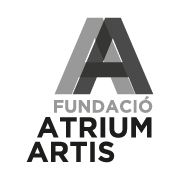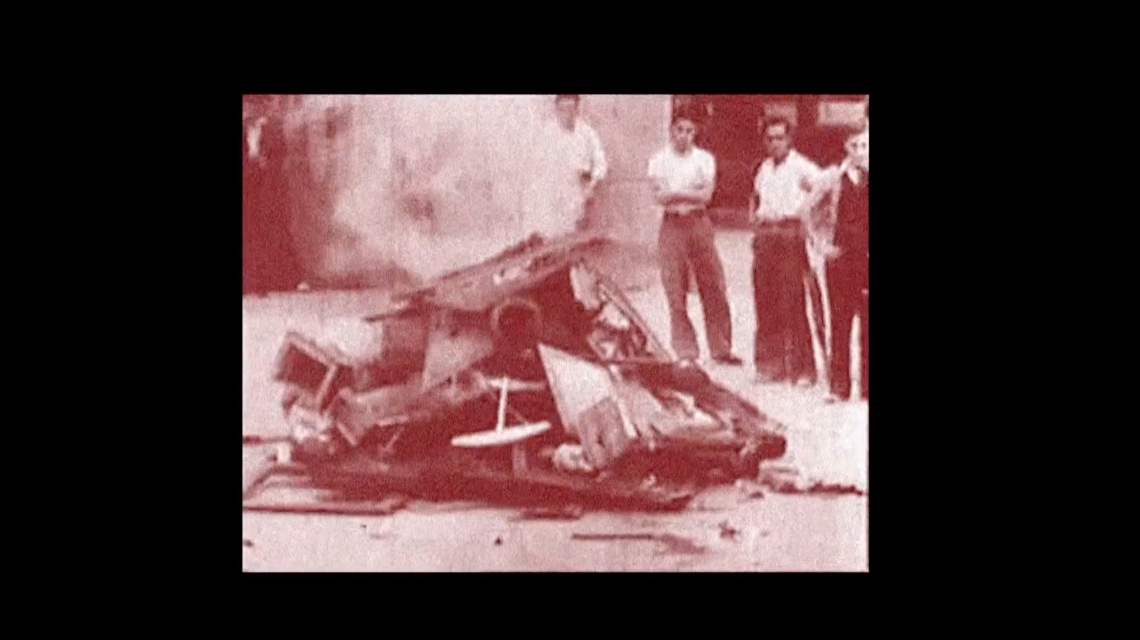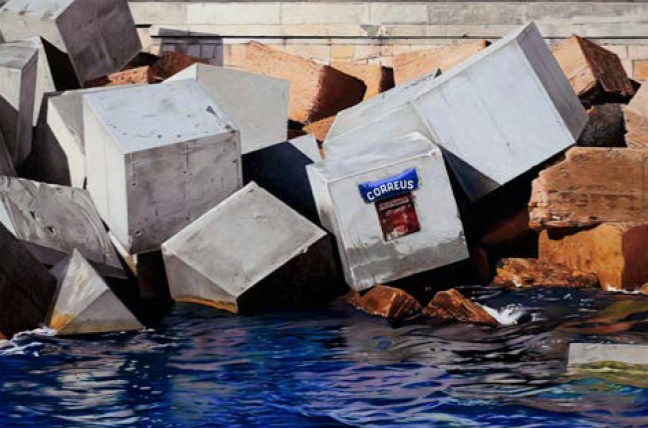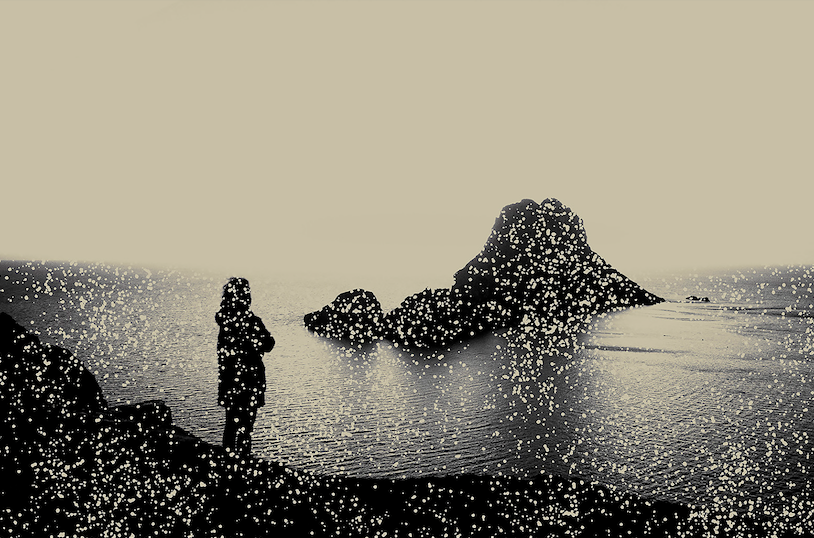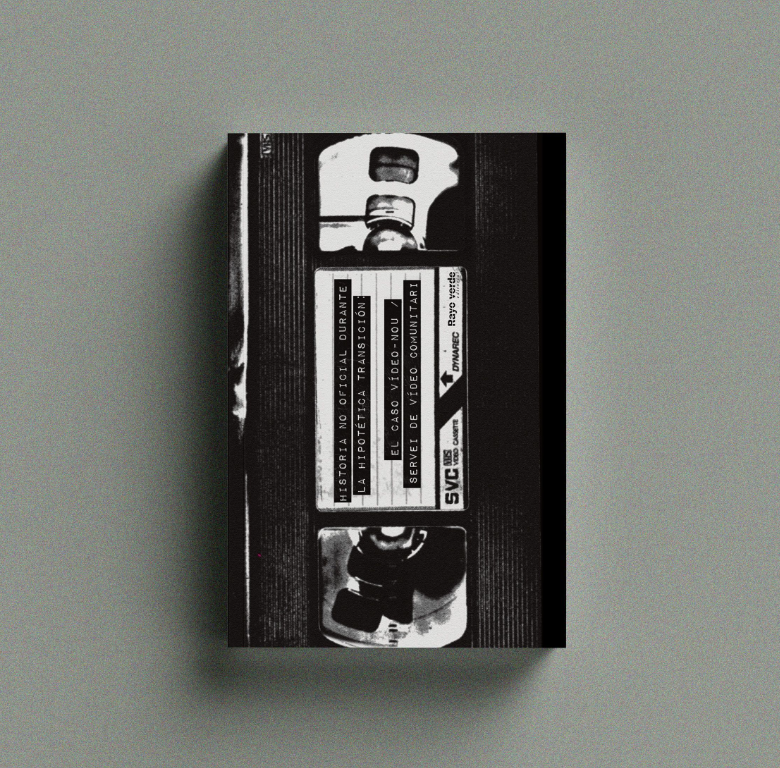interviews
Clara Montero: "Tabakalera has a social vocation and feminism, migration and the climate emergency are key issues"
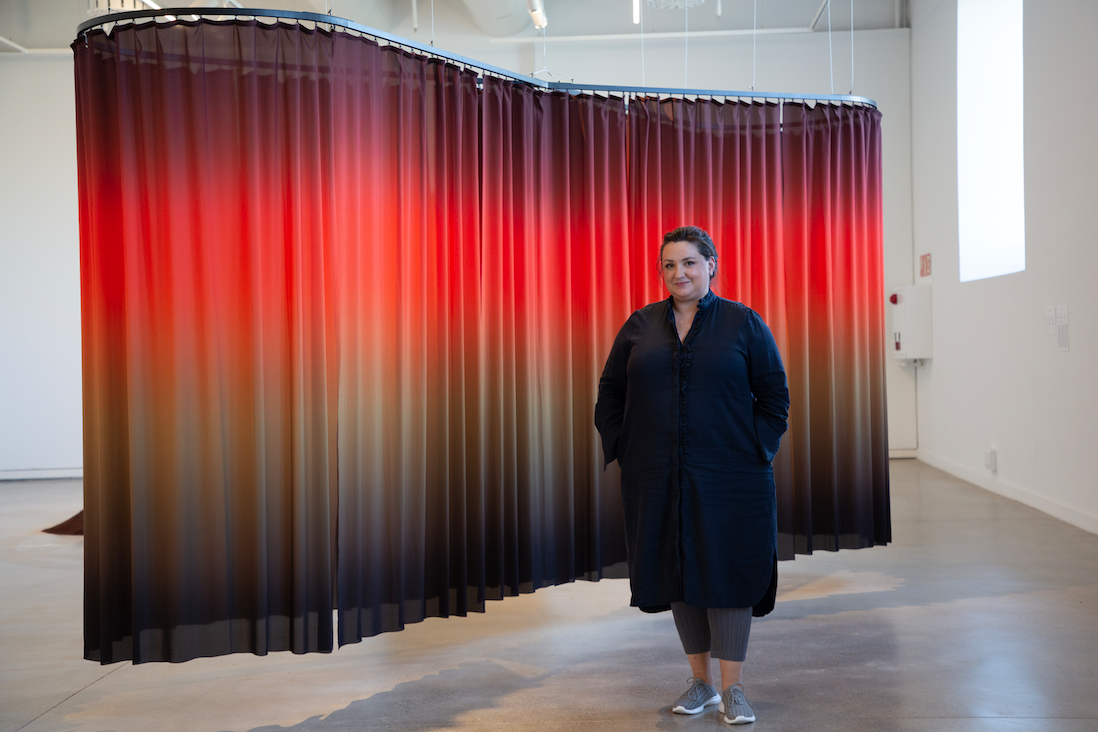
In April 2019, Clara Montero was chosen as the new cultural director of Tabakalera, the great center that experiments with contemporary art and culture in Donostia. After the experience as Director of Development and Research at the art gallery Galerie Gmurzynska, based in Zurich and New York, as responsible for the cultural programming of the Azkuna Zentroa in Bilbao between 2016 and 2018 and director of the Basque Government's Culture Promotion from 2013 to 2016, Montero put himself at the head of Donostia's reference art center to take on the challenge of connecting contemporary art with the general public. Five years after assuming the position of cultural director, we address with her the challenges achieved and to be achieved in Tabakalera, the collaborations and synergies with the territory and the potential for cultural development of Basque art and artists.
What would stand out about his contribution to Tabakalera since he joined in 2019? How do you organize yourself and what main lines of work are developed in the center?
Tabakalera is a large and relatively young institution, and when I arrived a lot of work lines had already started. So I just had to adapt to them, even though I knew the house because from 2008 to 2011 I had worked as a coordinator at the center. One of the first actions we took was to contact an artist who would mark the public and unique character that identified the center. This artist was Julio Le Parc, a great Argentine kinetic creator, with a long career and a commitment to the democratization of access to Art. He took on a difficult challenge: to transform the site through an eleven meter sculpture. We installed the piece, which was magnificent, but due to the pandemic, we had to close the doors of the center. At that time, we were into online programming, which helped us learn and prepare a lot as well. We took many positive things out of the pandemic, especially in the fact of rethinking the meaning of daily dynamics; despite the fact that it was a complicated time for everyone and there are still scars that are just being healed in the social and cultural sphere.
How does Tabakalera interrelate with the other cultural facilities in the city and also with others in the Basque Country?
The project was born with the intention of relating to other institutions, sharing programs and organizing the cultural map. Being able to relate and collaborate with others is key to achieving greater recognition and support for the institution. Regarding other Basque facilities, we collaborate with the Basque Art System in programs and through exhibitions with the Bilbao Fine Arts Museum. We also organize the Summer School for Artists (JAI) alongside the Artium Museum in Vitoria and the Oteiza Foundation in Pamplona.
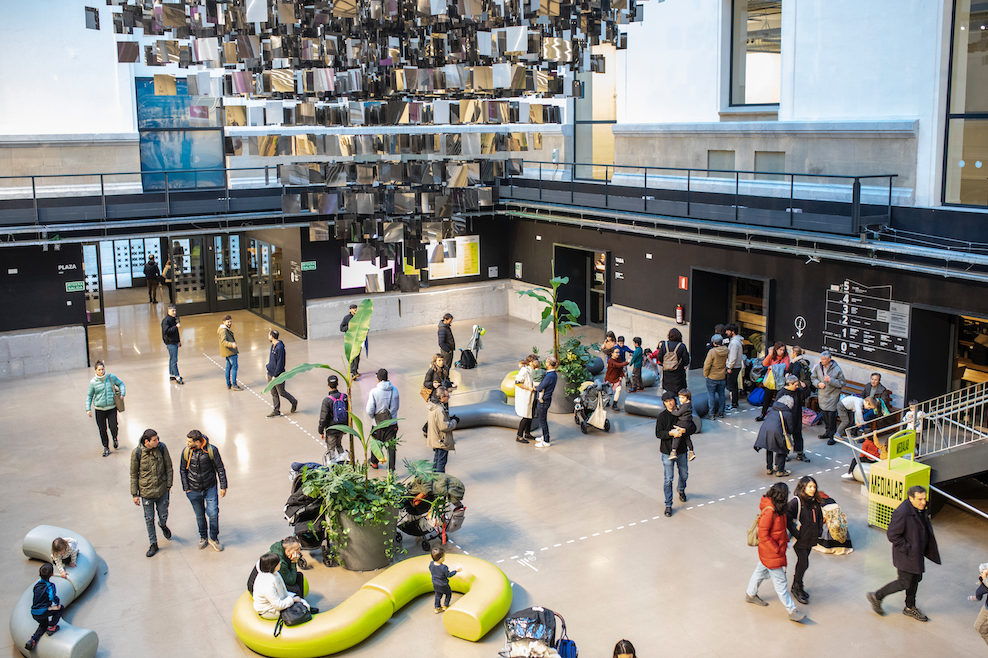
Tabakalera, together with Artium and the Museum of Fine Arts, forms the Committee for the Acquisition of Works of the Basque Government, which supports contemporary artists through this acquisition. In addition, he collaborates with Chillida Leku in his summer exhibition and they have artistic residencies in art and landscape. What role do you think Tabakalera plays in the Basque cultural scene?
Tabakalera has an important social vocation, as a public square, and a commitment to be a center for arts, culture and participation. This is achieved thanks to a mediation team that does not limit itself to the explanation of the artistic fact with guided tours or exhibitions, but in autonomous projects with different groups to make them more participative and go to the bottom of the topics covered . They work with all kinds of groups, both school and social. We also have MediaLab, which acts as a combination of a digital library of creation and a laboratory of citizen creation, where collective projects are promoted for different groups, those who participate beyond being passive citizens who visit exhibitions.
Thanks to events such as the Film Festival, Donostia has become a center of international reference. How do you relate to events of this nature?
Donostia has always been distinguished by its tradition of festivals and it is a challenging challenge to relate to it, given the nature of these events, which are very concentrated in time. Tabakalera, focusing on emerging and continuous support, positions itself as complementary to the Film Festival, hosting it in the Tabakalera building and becoming a residence for filmmakers together with the film school. We also participate in other sections of the festival, such as Zabaltegi-Tabakalera, which is a more experimental section. In addition, we collaborate with the Musical Fortnight to bring the contemporary dance section to Tabakalera.
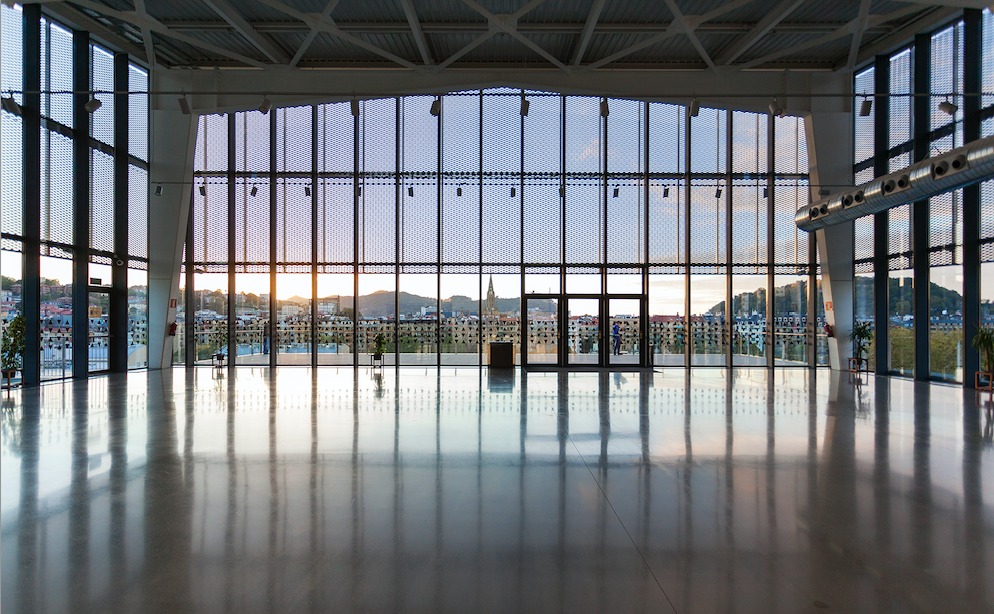
This year marks the centenary of two great artists, Néstor Basterretxea and Eduardo Chillida. What do ephemeris of these characteristics mean?
From the different institutions, we have made contributions to these celebrations, each from their area of work. Kutxa has an exhibition hall in Tabakalera specializing in photography and has organized an exhibition with photographs by Jesús Uriarte, which show the working processes of Eduardo Chillida. At Tabakalera, through the three main exhibitions of the year, we will investigate the validity of Chillida's legacy and the new trends in sculpture from a contemporary perspective.
We started the year with Pells i Plecs, an exhibition showing the work developed by the current generation of Basque sculptors, with works by June Crespo, Sahatsa Jauregi, Nora Aurrekoetxea and Kimia Kamvari, accompanied by international artists such as Yael Davids or Iman Issa The summer exhibition, curated by Soledad Gutiérrez, will look for new perspectives on the legacy of Eduardo Chillida from the practice of contemporary artists from different parts of the world. We will end the year with the first major exhibition in Spain of the Argentine sculptor Gabriel Chaile.
What is the cultural policy regarding the promotion and empowerment of Basque creators?
It is an important mandate for Tabakalera, as it is a local artistic sector with little visible development. We manage to enhance this through the program of artistic residencies, which include mentoring, professionalization and tutorial support. It is a project in which it is essential to focus on the local sector, but contextualized at an international level so that they can grow. We engage local, national and international artists to encourage their growth, including the artist selection committee, which is a national and international group, which also provides them with tutorial follow-up. Together with the collaboration of the Etxepare Institute, we can also hold double calls with artists from abroad.
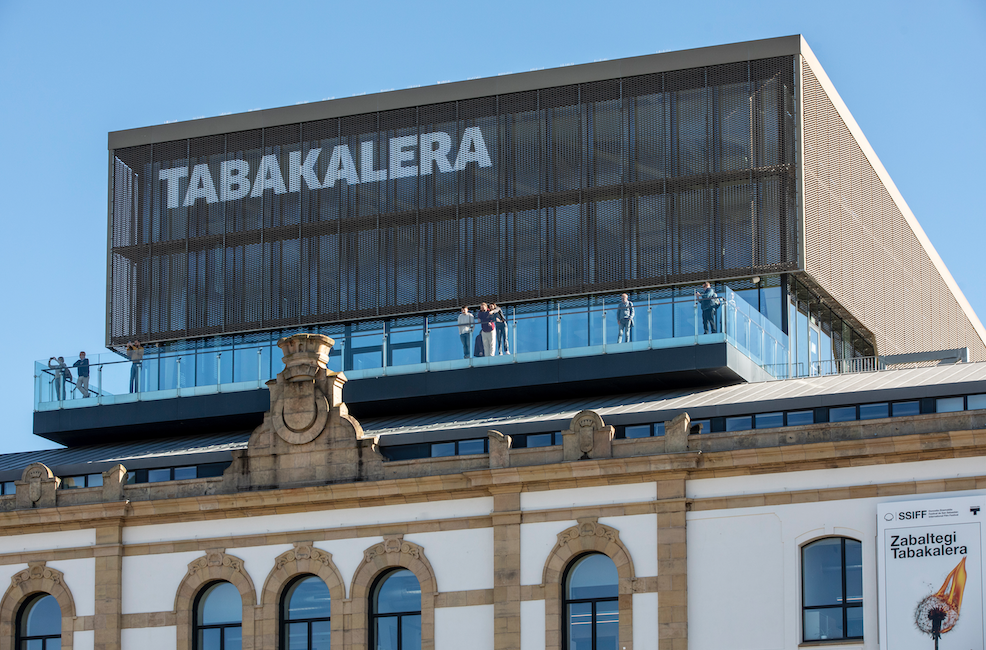
Feminism, climate emergency, migration... What priority do they have in your programming corpus?
These are topics of great relevance that, from the cultural side, need more empowerment. Tabakalera addresses them both in content and in practice. We create content to talk about and address issues such as the annual festival of feminist culture: Feministaldia, to take care of the participation of female artists, and with specific programs for women in cinema with the aim of empowering the figure of women in the medium from initial stages; as well as a mentoring program for Basque women (Noka mentoria).
Migration is a very important topic in order to reach a new and close group, which is discussed alongside colonialism in contemporary content. We have specific programs such as "Harrotu ileak" for Maghreb youth, to include them in cultural creations. Regarding energy sustainability, the aim is to apply energy efficiency changes to reduce energy consumption in the building, as well as other minor issues to reduce the impact and CO₂ footprint.
The future and challenges
Continue to address these increasingly relevant issues, seeking to gain more importance within national and international culture and manage to introduce a more active role on the issues we address, managing to identify, understand and, if possible, solve some of these socio-cultural complexities current
Transcription: Diego García Sifontes




